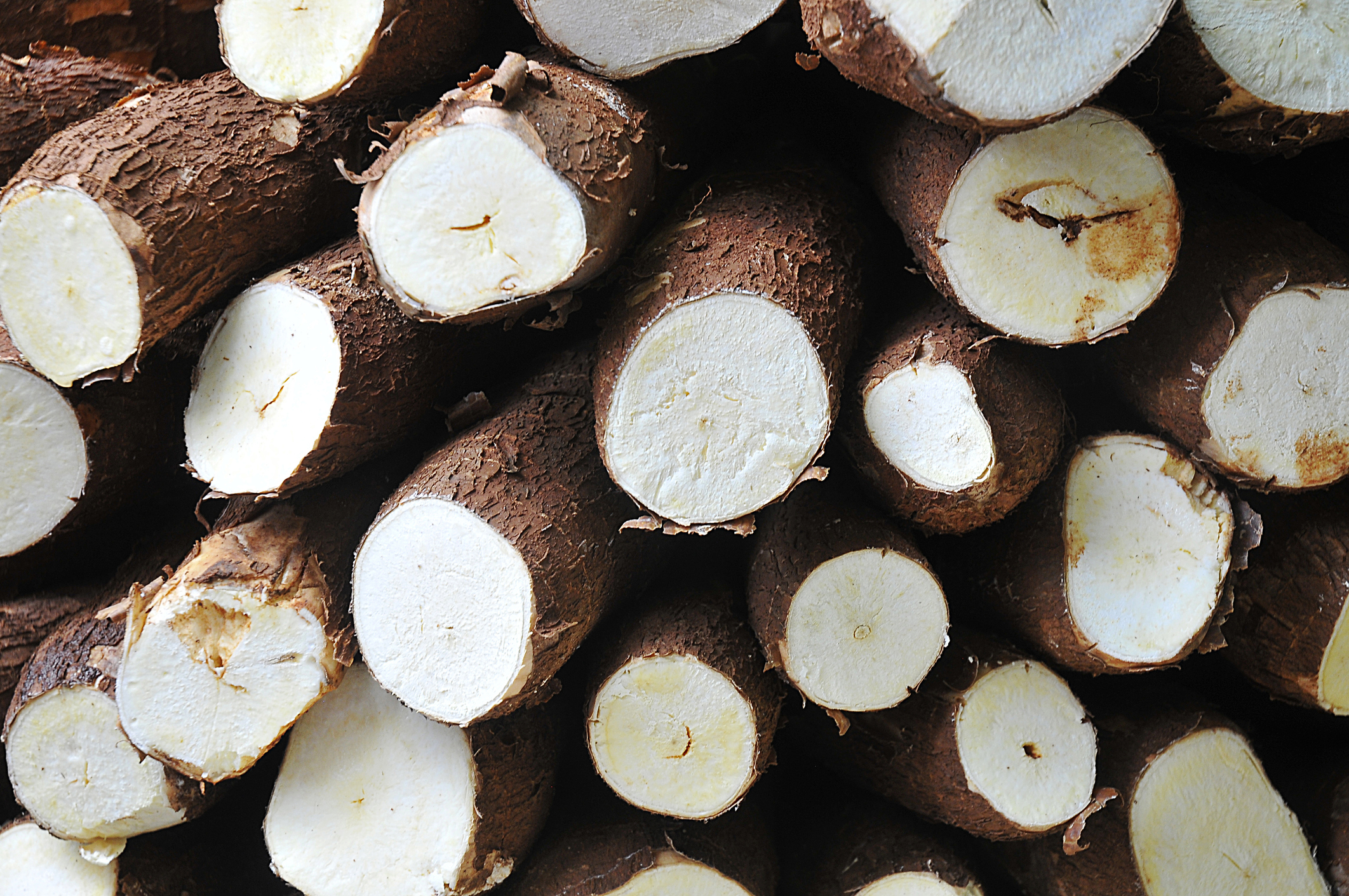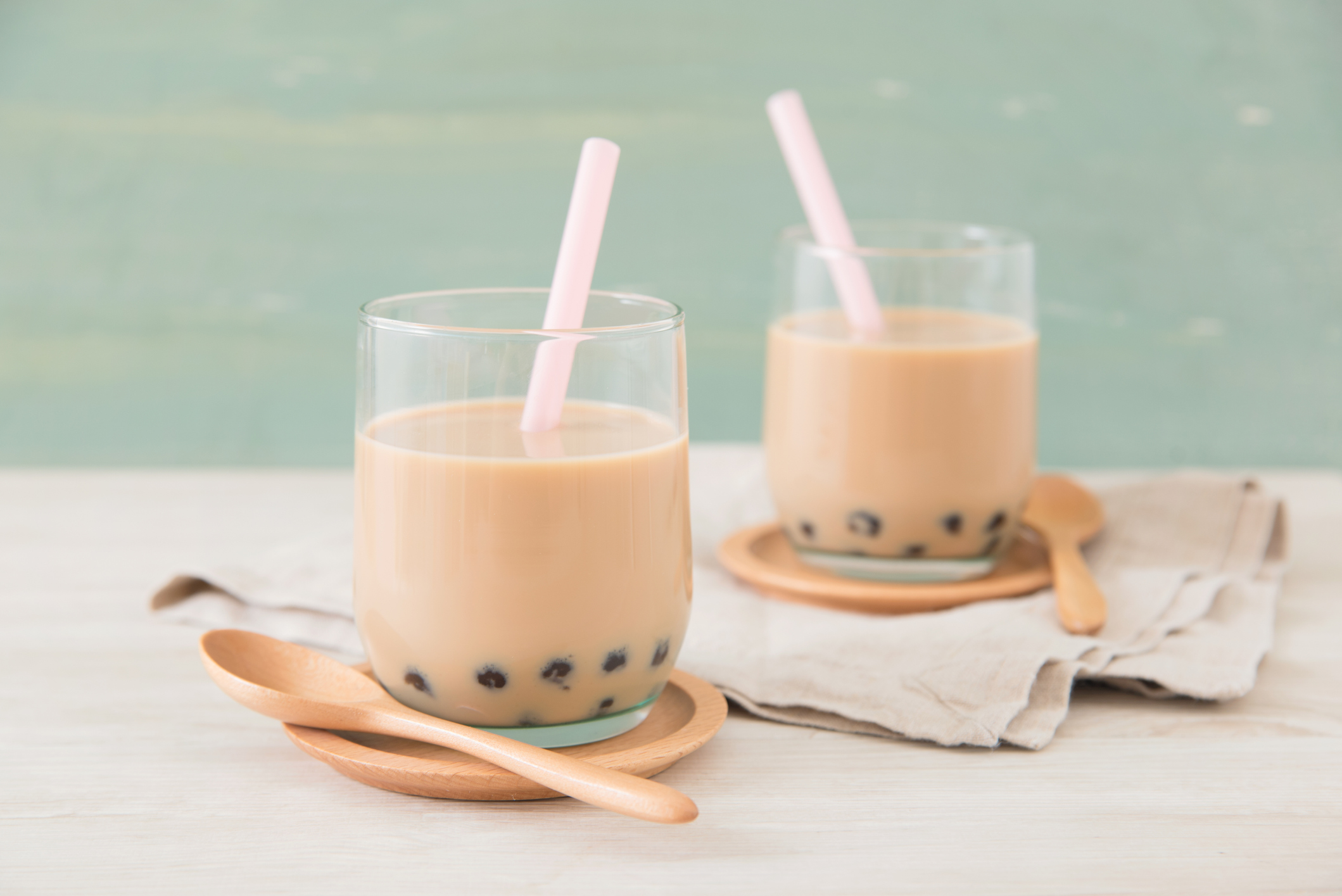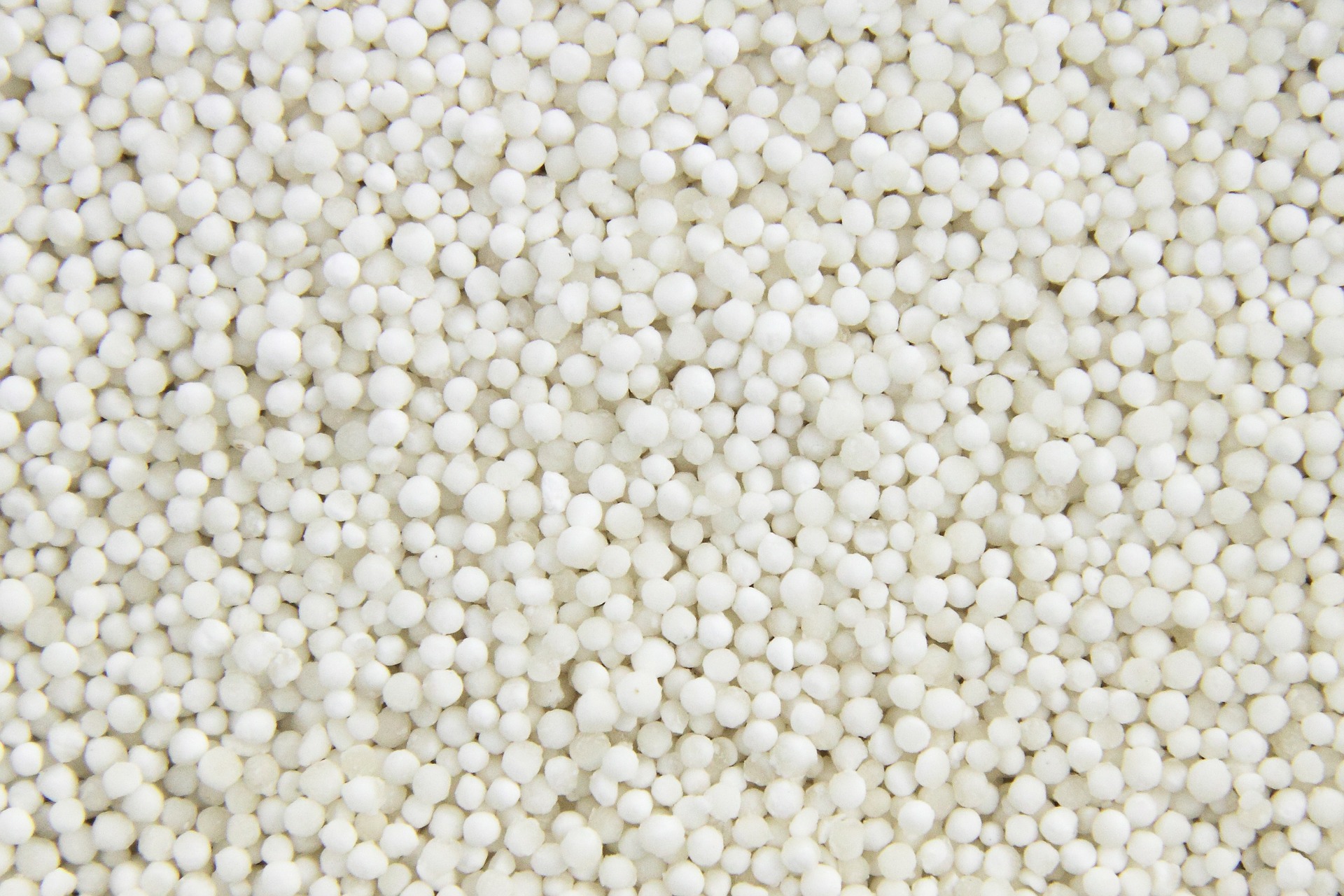Home > Lifestyle > Food For Thought > What is Tapioca?
What is Tapioca?

You’ve probably tasted tapioca pudding – a sweet, creamy dish that’s considered by many a classic comfort food and a favorite dessert. Or maybe you’ve tried bubble tea, which includes chewy “pearls” made of tapioca. But have you ever wondered – just what is tapioca exactly?
If so, you’re in luck. Read on to learn more about tapioca and discover its many uses in the kitchen and beyond; chances are you’ll be surprised at just how versatile tapioca can be.
See more: What is Sorghum?

Tapioca’s Origin and Characteristics
Tapioca is a starch extracted from the cassava root, more commonly known as yuca to English speakers. Native to northern Brazil, cassava now grows worldwide, particularly in South America, Asia and Africa.
The cassava root, or underground part of the cassava shrub, grows well in hot, humid climates with low-nutrient soils. In fact, it’s considered one of the world’s most drought-tolerant crops, according to the U.S. National Library of Medicine National Institutes of Health – and can usually be harvested within a year of planting.
After harvest, cassava roots are treated to remove toxins, then peeled, ground and boiled. A starchy liquid is then withdrawn, and once the water has evaporated, the starch goes into processing to produce various forms of tapioca: powder, flakes, sticks or translucent spheres typically called “pearls.”

Nutritional Value
Nearly 100% carbohydrate and containing only trace amounts of protein and fat, tapioca is naturally grain- and gluten-free, making it a common ingredient in foods for those with Celiac disease or gluten intolerances.
Tapioca is also cholesterol-free, easy to digest, low in sodium, and a source of folate, manganese, iron, calcium, and dietary fiber. Due to its caloric density, tapioca can also support weight gain; a single cup of “pearls” has 544 calories and 135 grams of carbs.
See more: 6 Healthy Pizza Crust Alternatives You Have to Try

Common Uses Inside and Outside the Kitchen
Tapioca flour often appears as an ingredient in gluten-free breads, including flatbreads, while chewy tapioca “pearls” typically appear in puddings, desserts, sweet snacks and the increasingly popular bubble tea (a cold milk tea).
Due to its thickening power and relatively neutral flavor, tapioca flour also makes an excellent thickener for soups, sauces and gravies. Plus, it works well as a binding agent in foods like burgers and nuggets, improving both texture and moisture content while preventing sogginess.
Finally, thanks to tapioca’s starchy nature, the uses for this versatile ingredient extend far beyond the kitchen. After tapioca goes through the gelatinization process, it has several commercial and industrial applications. For example, the gelatinized starch can be used to create adhesives and glues. It’s also an important ingredient in tablet production for the pharmaceutical industry. In textile applications, tapioca can be used in the sizing of yarns and the completion of cotton and polyester fabrics, and it is regularly part of the paper production process.
See more: Guide to Alternative Flours




[…] Tapioca is a starch extracted from the cassava root, more commonly known as yuca to English speakers… […]